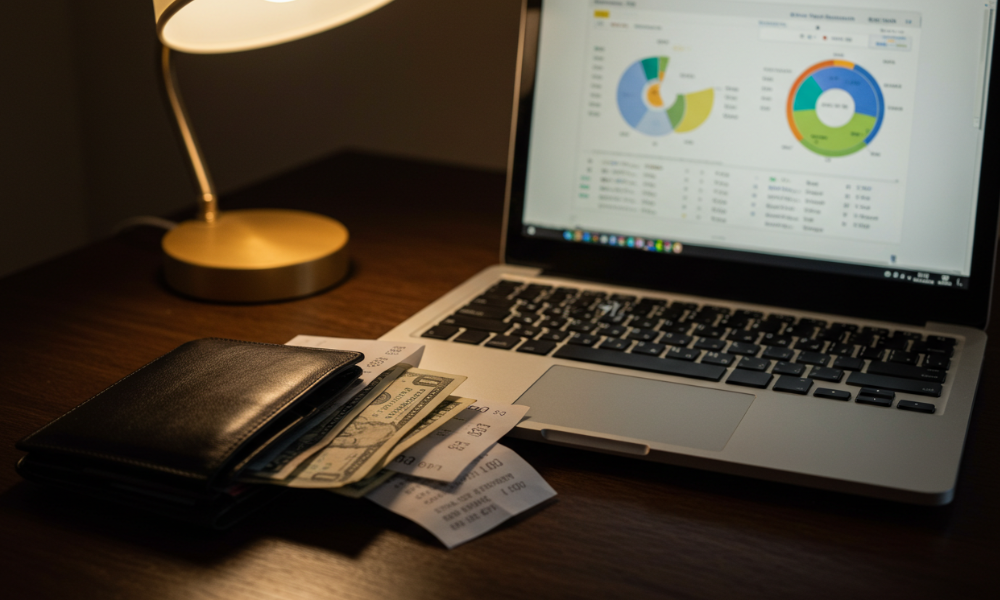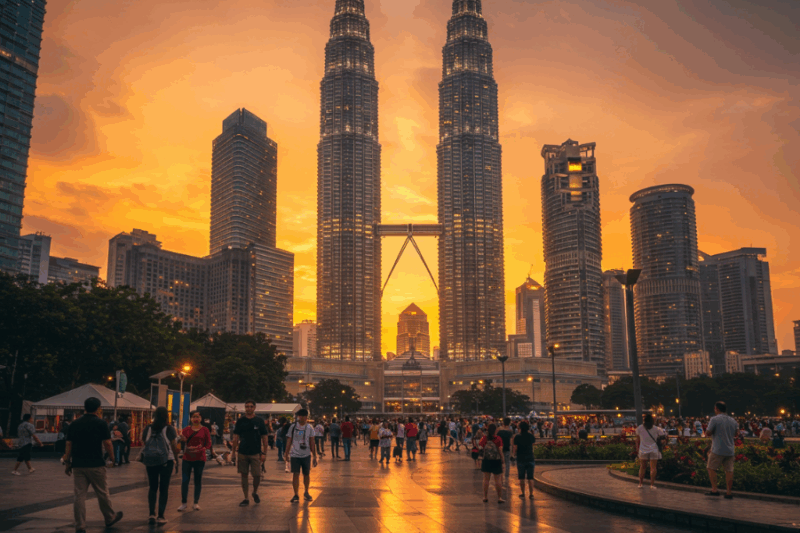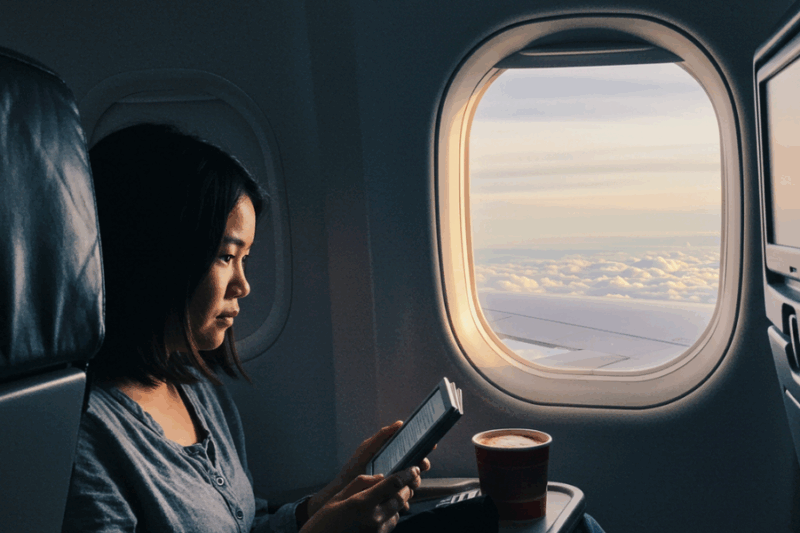Traveling is one of life’s greatest joys, but it can come with a hefty price tag. On my last trip to Southeast Asia, I managed to save $1000 by applying minimalist strategies and clever hacks that didn’t sacrifice the quality of my experience. For minimalist travelers, these tricks align perfectly with the ethos of packing light, spending wisely, and focusing on meaningful adventures. Whether you’re planning a weekend getaway or a month-long journey, these simple, practical tips can help you stretch your budget while exploring the world. Here’s how I did it, with actionable advice to help you save on your next trip.

1. Booked Flights Strategically ($200 Saved)
Airfare is often the biggest travel expense, but I saved $200 by being flexible and strategic. I used Google Flights to track prices for flights from Los Angeles to Bangkok, setting alerts for price drops. Booking on a Tuesday, six weeks in advance, scored me a round-trip ticket for $600 instead of $800. I also chose a flight with a layover in Taipei, which was cheaper than direct options. For minimalist travelers, flexibility with dates and routes is key—use tools like Skyscanner or Kayak to compare prices and consider nearby airports. How to Save: Book midweek, 6–8 weeks out, and be open to layovers. Use fare alerts to catch deals. Tip: Pack only a carry-on to avoid baggage fees ($30–100 per flight).
2. Opted for Budget Accommodations ($250 Saved)
Instead of hotels, I stayed in hostels and Airbnb rentals, saving $250 over two weeks. In Chiang Mai, I booked a private room in a highly rated hostel for $10/night (total $140 for 14 nights) instead of a $25/night hotel ($350). In Da Nang, I used Airbnb to find a studio apartment for $15/night, complete with a kitchenette, versus a $30/night hotel. For minimalist travelers, hostels offer social vibes and shared kitchens, while Airbnb rentals provide space to cook, cutting food costs. I also used house-sitting platforms like TrustedHousesitters, scoring a free week-long stay in Hanoi by pet-sitting. How to Save: Book hostels via Hostelworld or Airbnb for deals. Try house-sitting for free stays (annual membership ~$100, often worth it for long trips). Tip: Choose accommodations near public transport to save on taxis.
3. Ate Like a Local ($150 Saved)
Dining at touristy restaurants can drain your budget, but I saved $150 by eating at local markets and street stalls. In Bangkok’s Chinatown, I enjoyed pad thai and mango sticky rice for $2–3 per meal, compared to $8–12 at tourist spots. In Chiang Rai, I frequented Warorot Market, where khao soi and sai oua cost $1–2. I carried a reusable container for leftovers, aligning with minimalist principles of reducing waste. Cooking simple meals in my Airbnb kitchen (e.g., rice and veggies, $1/meal) further cut costs. Over two weeks, I spent $100 on food instead of $250. How to Save: Eat at street stalls or markets; look for busy spots with locals. Use accommodations with kitchens for occasional self-catering. Tip: Carry a reusable water bottle to avoid buying bottled water ($1–2/day).
4. Used Public Transport and Walked ($100 Saved)
Taxis and ride-hailing apps like Grab are convenient but add up. I saved $100 by using public transport and walking. In Kuala Lumpur, I took the LRT ($0.50–1 per ride) instead of Grab ($3–5 per trip). In Chiang Mai, I rented a bicycle for $2/day to explore temples and markets, avoiding tuk-tuk fares ($5–10). Walking through compact areas like Hoi An’s Old Town was free and let me discover hidden cafes. For minimalist travelers, public transport and walking reduce costs and keep your travel light—no need for extra gear or apps. How to Save: Research local buses, trains, or ferries (e.g., Bangkok’s Chao Phraya Express Boat, $0.50/ride). Walk in pedestrian-friendly areas. Tip: Download offline maps (e.g., Maps.me) to navigate without data.
5. Prioritized Free Activities ($200 Saved)
Instead of pricey tours, I focused on free or low-cost activities, saving $200. In Kuala Lumpur, I explored Batu Caves and KLCC Park for free, skipping guided tours ($20–50 each). In Chiang Mai, I wandered through local markets and joined free temple talks at Wat Chedi Luang (donations optional). In Da Nang, I strolled My Khe Beach and visited free cultural sites like the Dragon Bridge. For minimalist travelers, free activities like hiking, people-watching, or attending local festivals maximize experiences without cluttering your itinerary or budget. How to Save: Research free attractions (e.g., temples, parks, public art). Check for free walking tours (tip-based, ~$5–10). Tip: Use travel blogs or X posts to find hidden free gems locals recommend.
6. Avoided Souvenir Traps ($50 Saved)
Souvenirs can quickly eat into your budget, but I saved $50 by skipping trinkets and focusing on experiences. Instead of buying magnets or keychains, I collected digital photos and journaled memories in a small notebook. When I wanted a keepsake, I chose practical items like a $2 spice packet from a Chiang Mai market or a postcard ($0.50). For minimalist travelers, this approach reduces luggage weight and clutter while preserving meaningful memories. How to Save: Limit souvenirs to small, useful items (e.g., local coffee or fabric). Take photos or journal instead of buying physical mementos. Tip: Email yourself digital postcards or use Google Photos for free cloud storage.
7. Negotiated and Used Discounts ($50 Saved)
Haggling and seeking discounts saved me $50. In markets, I politely negotiated prices for food and transport (e.g., tuk-tuks in Bangkok, from $10 to $7). I also used student discounts (with my old ID) for museum entries and transport passes, saving $10–15. Apps like Klook offered deals on activities (e.g., 10% off cooking classes). For minimalist travelers, negotiating aligns with mindful spending, ensuring you get value without excess. How to Save: Haggle respectfully in markets; use apps like Klook or Agoda for discounted activities. Check for student or group discounts. Tip: Carry a digital student ID or ask locals for deal tips via X or travel forums.
Tips for Minimalist Travelers
- Pack Light: A 20–30L backpack (e.g., Osprey Daylite) fits all you need, avoiding baggage fees and simplifying mobility.
- Plan Ahead: Use fare trackers and book accommodations 1–2 months out for the best rates.
- Stay Flexible: Be open to budget airlines, midweek travel, or less touristy destinations for bigger savings.
- Track Spending: Use a simple app like PocketGuard (free version) to monitor expenses, inspired by my interest in personal finance apps.
- Reduce Waste: Carry reusable items (bottle, container, tote) to save money and align with minimalist principles.
- Focus on Experiences: Prioritize free or low-cost activities to maximize memories over material costs.
Why These Tricks Work
These strategies saved me $1000 by aligning with minimalist travel principles: prioritizing essentials, reducing physical and financial clutter, and focusing on experiences. By booking smart, eating local, and embracing free activities, I enjoyed a rich trip without overspending or overpacking. For example, my $600 flight, $200 in accommodations, $100 in food, and $100 in transport totaled $1000—half what a less生育
System: less conventional trip would have cost. The savings came from deliberate choices that kept my journey simple and intentional.
Whether you’re exploring Southeast Asia or another destination, these tricks can help you save big without sacrificing adventure. Pack light, plan smart, and let the journey be your reward. How will you save on your next trip?



